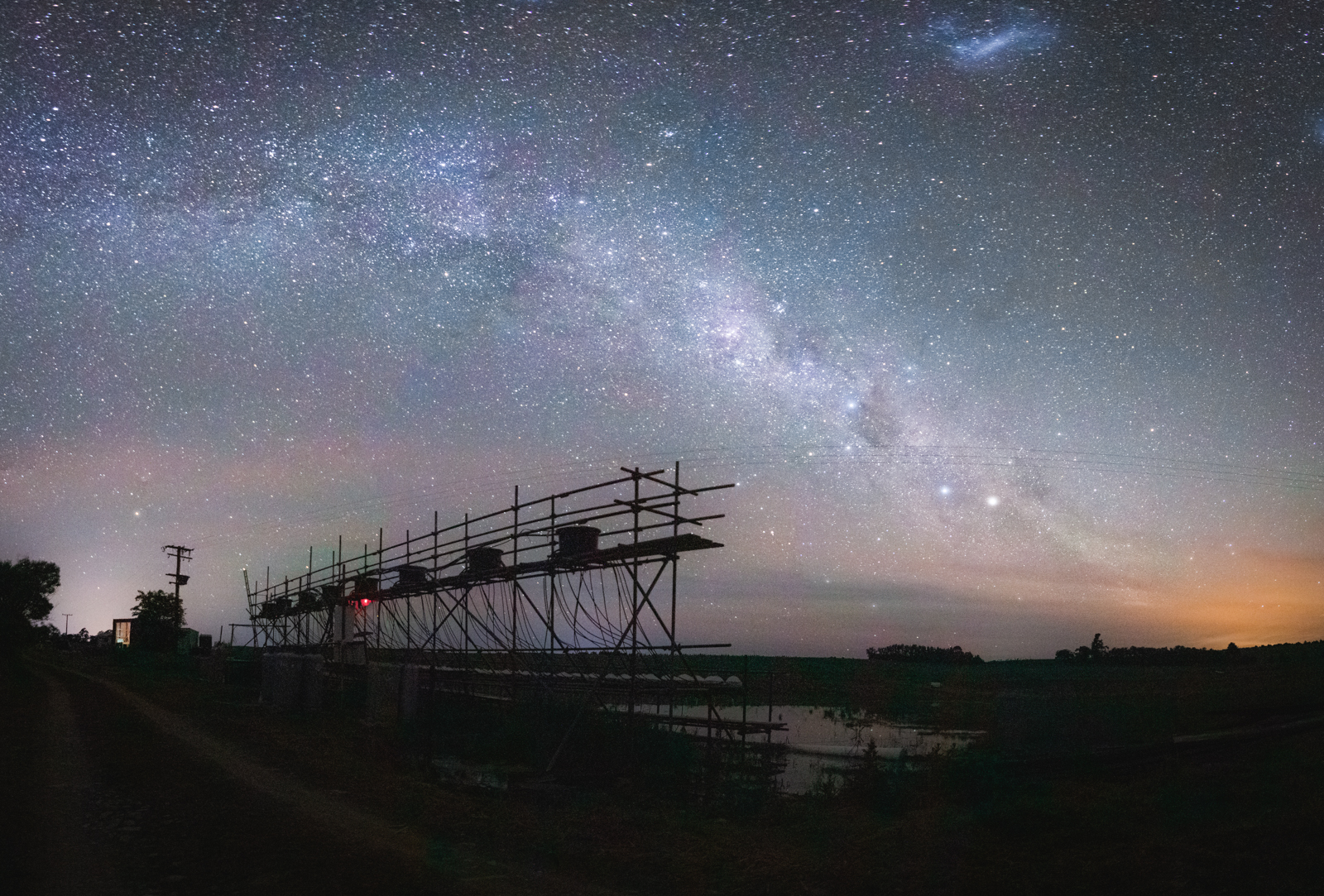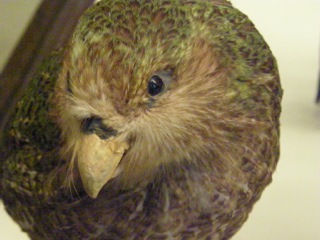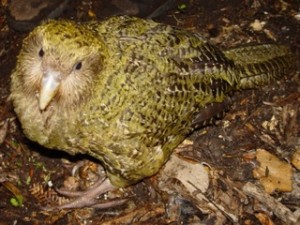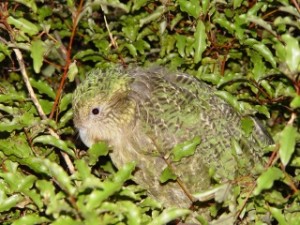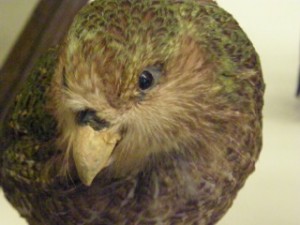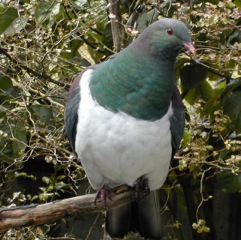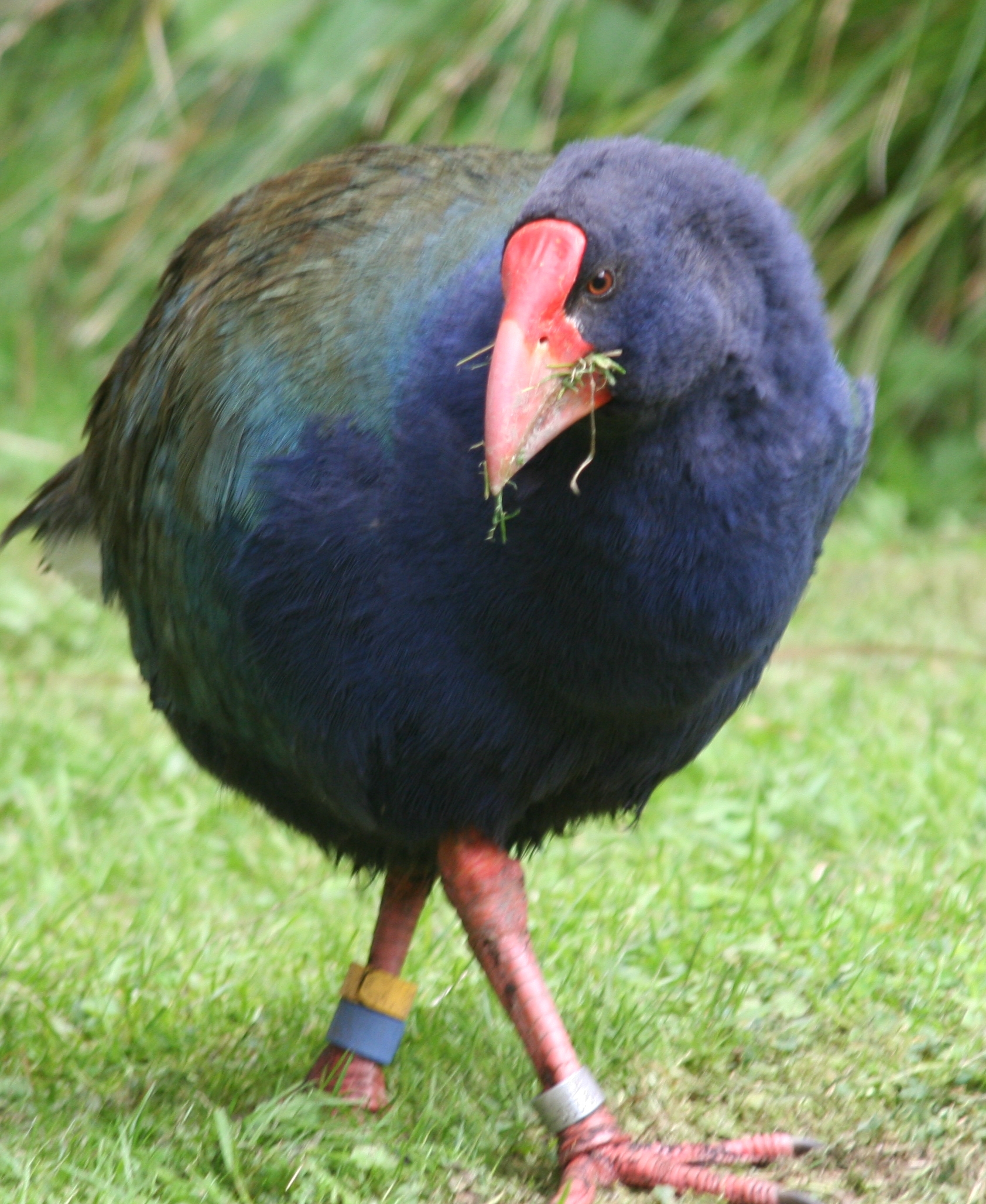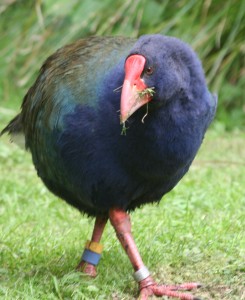Being on lockdown has me dreaming of our recent field season in New Zealand. The home of “Middle Earth” is a paradise for outdoor enthusiasts and going through the photographs from my own unexpected(/meticulously planned) journey is making my imagination run wild. Unique wildlife, towering mountains, endless waves, campsites with a view…
Kakapo Conservation
In centuries past, if you were to go into the hills of New Zealand on a summer’s night you may have heard a strange noise; a honking boom that resonated all around you. After 20 or 30 cycles of this boom you’d hear a high-pitched rasping ‘ching’ sound. This boom and rasp would come from all around you and would be heard all night, night after night for at least two months. This is the sound of kakapo males trying to attract a mate.
Kakapos, (Strigops habroptilus) are nocturnal, flightless parrots. They are found exclusively in New Zealand and while they were once common across all three main islands of New Zealand, they are now restricted a few small offshore islands. They are unique birds in a number of ways. They are the only flightless parrot and, probably as a result of this, are also the world’s heaviest parrot. They are also the only parrot to chose mates using the lek mating system.
Lek mating involves males displaying for the females and the female picking “the best” male. It’s a winner-take-all scenario as different females usually chose the same male. If you’re the chosen male then it’s a successful breeding season but if you’re not then you go home empty-handed. Males in lek systems typically take no part in the rearing of offspring and kakapo are no different.
Kakapo use an ‘exploded’ lek system, where males are generally out of sight of each other (the more traditional system has all males within eyeshot). During the summer months they go to hilltops and ridges and create a bowl in the earth in which they sit. These bowls are thought to help amplify their booms. They may have several bowls which are linked by tracks created by removing vegetation [1]. They then inflate a sac in their thorax and create the booms and chings. The booms are to attract a female and the ‘chings’ help her to find him as the booms can travel up to 5km while the ‘chings’ are more locatable due to their high frequency. Once a female has been attracted to a particular male and enters his view he performs a dance for her after which they mate
The female lays between one and four eggs in a makeshift burrow, either in cavities such as in those in trees or under vegetation. The eggs hatch within a month and she then has to look after the chicks for up to six months, though they leave the nest after about three months.
Kakapo only reach maturity after the age of about 5 and females only start breeding around the age of 10 [2]. Females reproduce every few years after a masting event. Masts are where plants, in this case the rimu tree, produce large amounts of fruit simultaneously, overwhelming the local wildlife with food. Even with the increased food not every female is able to get fit enough to exert the energetic costs associated with reproduction and so not all females will breed in a given year [3].
As I explained in a previous blogpost, New Zealand avifauna has been threatened by the introduction of predators. Given their slow reproductive rate and terrestrial lifestyle they are particularly vulnerable to predation and have been pushed to the edge of extinction. By the 1970s less than 20 were known to exist and all were males. It seemed that the kakapo were doomed. But in 1977 a female was found on Stewart Island and from that one female a miracle has occurred and the population currently stands at 130 birds.
This success has been hard won. Part of the problem is that so little is known about the birds that trying to get them to breed successfully has been challenging. Added to that the long life-span (it’s not known how long the birds live but it appears to be decades) and the slow reproductive rate means that conservation efforts are going to take decades if not centuries before it is known whether or not they have been successful.
One stumbling block that was hit was an unintended consequence of trying to increase the number of breeding females. Females only breed when they reach a minimum weight. In order to increase the number of breeding females in a given year they were given additional, or supplementary, food. The unintended consequence was that this resulted in more males than females being reared.
The Trivers-Willard hypothesis predicts that females will produce more males when they are in good condition and more females when they are in poor condition. The idea is based on the costs and benefits of each offspring in terms of her ability to transmit her genes to future generations. In polygynous systems a female will be able to mate with a male regardless of her fitness: the males don’t care whether the females are only just fit enough to reproduce or are at peak condition. But in the same system only the fittest males can beat their rivals and gain access to females. The fitness of a female will affect the fitness of her offspring so if she’s not particularly fit it is in her interests to produce females whose future fitness will not significantly affect their reproductive potential. If she’s at peak fitness, however, it’s in her interests to produce males who are more likely to be the dominant male and be able to beat rivals to females.
You may be able to see the unintended consequences already. The supplementary food pushed all the females into top condition and they all produced males. Experimental supplementary feeding at different levels was used to confirm the hypothesis and found to be true [3]. As a result, the supplementary feeding program was adjusted so that females at fed to a level of fitness where they could successfully reproduce but are not so fit that they produce only males. It has been so successful that from the highly skewed sex ratio at the start of the programme it is now approaching parity with 70 males and 60 females.
The conservation program still has a long way to go before kakapo can be considered to be saved. It may be that disease (highly possible given the low genetic diversity) or a series of unfortunate events reduces the population to a level from which it cannot recover. In some sense the birds are living on borrowed time, but despite the uncertainty of success, the effort is well worth it. These birds are unique in the world and are worthy of our care and conservation. Long may their ‘borrowed time’ continue.
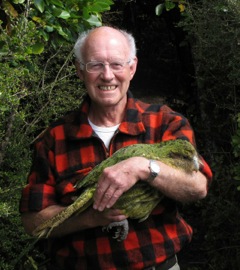
Author: Sarah Hearne, hearnes[at]tcd.ie, @SarahVHearne
Image Sources: Wikicommons
References:
Kapapo, Kereru and Kaka, Oh My!
Before I moved to New Zealand birds were, well, birds. They were nice to see but I didn’t pay them much attention. But New Zealand is a bird paradise and as a biology student (I studied for my undergraduate degree at the University of Auckland) birds were the go-to exemplar of many biological concepts. With understanding often comes interest and I found myself increasingly interested in our avian friends, an interest which has stayed with me to this day. Continue reading “Kapapo, Kereru and Kaka, Oh My!”
When Perseverance Pays Off
The history of science is, as the name suggests, the study of the historical side of science: the people, the process and the development of the knowledge and techniques that have made science the dominating force it is today. In popular culture the history of science is often told through individuals: the mavericks and geniuses so singular that only they could see the right path to take. The problem with this approach is that it does a mis-service to the hundreds and thousands of people who have worked so tirelessly to make the incremental advances in knowledge that accumulate until the snowball has built into an avalanche and the paradigm is ready to be shifted by whoever is lucky enough to see the pivot first (to hideously mix my metaphors).
Yet there are times when the ‘maverick’ status is not unwarranted. Often the term is used pejoratively to describe someone who will not let go of an idea long-since disproved. But on occasion there are people for whom the inability to give up pays off; and it’s one such person I wish to discuss here today.
The set-up: Otago, South Island, New Zealand, early 1910s. A boy stands in the local museum looking at an old black and white photo of a bird. This bird is unlike any he’s seen. It looks like a pukeko (a large moorhen-like bird) but it is maybe twice the size and three-times the bulk. It has a sharp yet heavy bill that takes up the entire front of the face; a stocky neck and strong bare legs. The legs and bill are the same colour but differ from the dark body. The feathers show signs of different colours on the back and wings though the black and white makes it difficult to be certain. The boy stares, enraptured, and looks at the label: Notornis (Maori: Takahe; Porphyrio hochstetteri): Extinct.
The boy was Geoffrey Orbell, and despite being told (probably repeatedly) that the takahē was extinct and had been since the 1890s, he continued to believe that they were still out there, hiding. Fiordland, the area where takahē were last seen alive, was still relatively unexplored and the mountains and valleys could easily hide a small population, or so Doc (as he was nicknamed due to his medical degree) believed. With a small group of friends he spent his free time tramping through the Murchison Mountains in search of the elusive (and supposedly extinct) bird.
I don’t know how long he searched, how many miles he tramped, how many friends he bored and how many false hopes he had dashed. But I do know that in 1948 he did what no one thought possible: he found a population of living takahē (the name now commonly used).
The discovery caused an immediate reaction and for a while Dr Orbell and his friends were international stars. Scientists hiked to the valley where the takahē had been found and, unusually for the time, recognised the importance of the discovery. Efforts to protect the birds were rapidly put in place. In a news report from 1950 (well worth watching for voice-over and musical accompaniment if nothing else) the population was estimated at 10 breeding pairs, yet this may have been an underestimate as the population was said to reach a low in 1982 of 118 birds.
Until the 1980s the takahē were largely left in peace but a steep decline in population numbers forced the New Zealand Department of Conservation (DOC) to step in. A captive breeding programme combined with translocation to predator-free reserves increased the population to 263 at the beginning of this year. This may not seem impressive for 30 years of active conservation but takahē, in common with many of New Zealand’s endangered birds, are classic K-selected species meaning they live a long time, are slow to reach maturity and have few offspring over the course of their lives.
Predatory rodents that prey on eggs and chicks and inbreeding depression are the main factors that hinder more rapid population growth. Luckily New Zealand has recovery strategies for many of their endangered species which involve the use of predator-free islands and mainland reserves. While little can be done to improve the genetic diversity, strenuous efforts are made to maintain it through closely monitored breeding programmes.
Takahē may not be completely safe from extinction, without active conservation they would almost certainly be extinct. If it were not for Dr Orbell and his passion and determination in the face of almost certain defeat it is highly likely that the takahē would have died out, high up in the mountains and with no one to mourn their loss.
Dr Geoffrey Orbell was an ear, nose, throat and eye doctor whose search for the takahē was just one part of his long and fascinating life. He died in 2007 at the age of 98 and was born on October 7th 1908. Happy Birthday Geoffrey!
Author:
Sarah Hearne; hearnes[at]tcd.ie, @SarahVHearne
Photo Source:
Wikicommons

